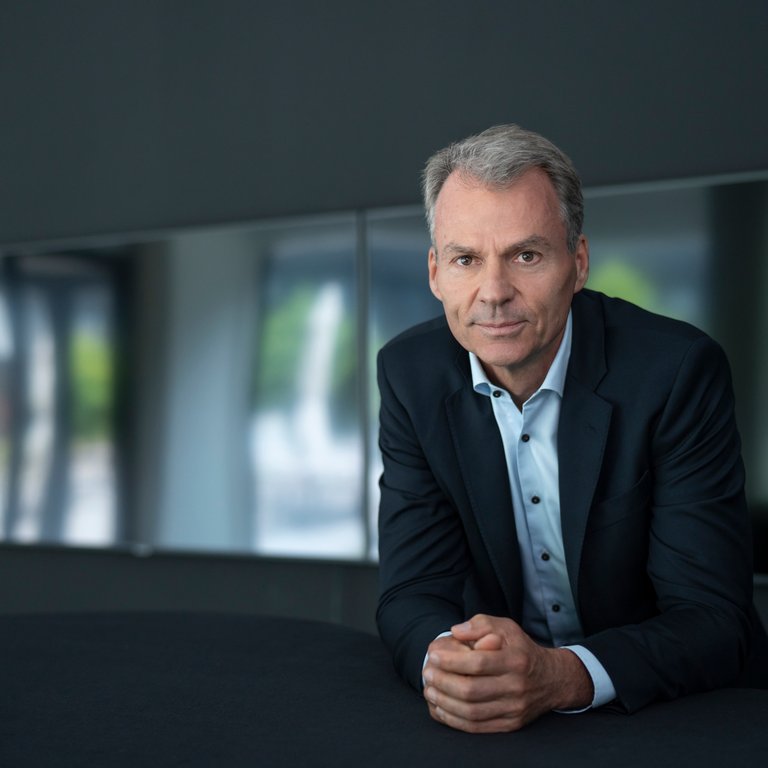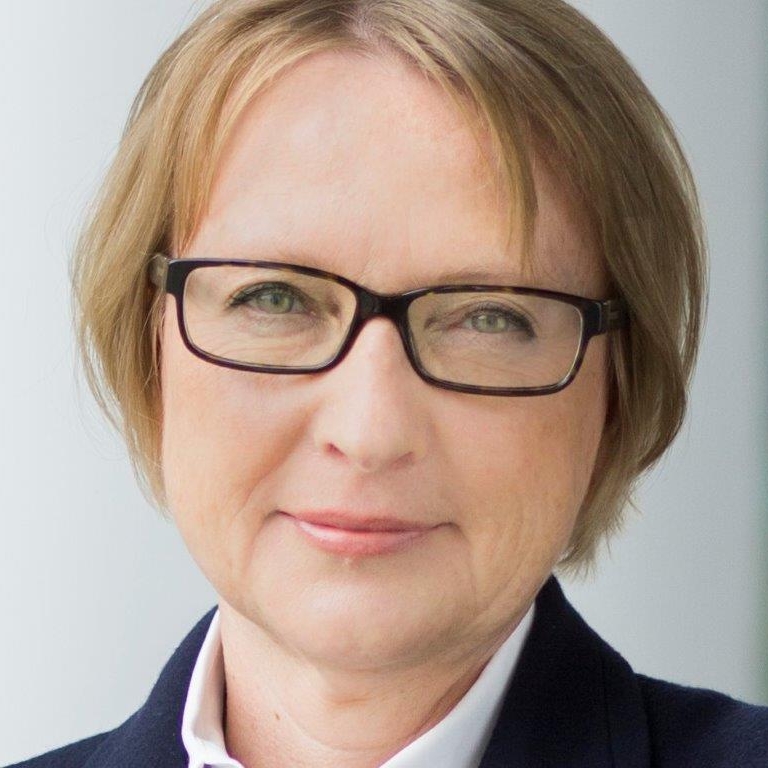
Reinsurance in uncertain times calls for risk expertise and financial strength
09/10/2023
Reinsurance
properties.trackTitle
properties.trackSubtitle
- Reinsurance capacity recovering as demand increases
- Inflation falling, but remains a source of uncertainty
- Reliable partner Munich Re providing high capacity over the cycle, focused on disciplined underwriting
- Growing need for future investment

Uncertainties caused by inflation, potential impacts from geopolitical risks, deglobalisation and dynamic risks such as climate change and cyber risks are some examples as to why the market environment remains complex. Particularly in difficult times such as these, we are a financially strong partner who our clients can always count on to provide a high level of risk expertise and solutions that add value. With the right rates and conditions, we’re ready to further increase our capacity.
The market environment for reinsurers remains promising but faces heightened uncertainty. In the period 2023–2025, the global reinsurance market is expected to see a slight uptick in real average annual growth, somewhat below 2020–2022 levels. Future growth is anticipated to be highest in Asia-Pacific and Latin America.
According to data from AM Best and Guy Carpenter, reinsurance capital, after declining last year, is predicted to rise again to US$ 461bn in 2023 (2022: US$ 434bn, adjusted for equity effects from higher interest rates). Reinsurance capital is an indicator for available reinsurance capacity. The market for alternative risk transfer has remained roughly unchanged with the volume of capital invested totalling around US$ 100bn. Within this market, there has been a further clear shift towards cat bonds.
It remains particularly important for insurers and reinsurers to be accurate in their estimates of how inflation will develop. In the case of 2021 and 2022, inflation was almost twice as high as expected. Inflation has now started to fall again. However, average consumer price inflation in industrialised countries is likely to still be above central banks’ targets of around 2% in the coming years, even in the baseline scenario, and thus well above the inflation rates seen in previous years. The uncertainty involved is considerable – appreciably higher inflation rates are a much more likely risk scenario than lower, less pronounced price increases.
At the same time, many risks are changing, a case in point being natural hazards. Severe thunderstorms with tornadoes and hail in the US caused losses amounting to US$ 35bn in the first half of 2023, of which US$ 25bn were insured. These orders of magnitude are similar to those expected from a major hurricane and have practically become the norm rather than the exception. A large body of scientific research indicates that climate change is increasing the frequency of severe thunderstorms. Market loss data shows an upward trend in losses from such events, including in Europe, and from other non-peak perils such as wildfires and flash floods in many regions around the world.
“Given the dynamic development of the market environment and how the risk landscape is evolving, we will need to increase our investments to ensure and expand (re)insurability,” explains Thomas Blunck.
Areas of investment include:
- Expanding risk modelling and high-definition models to better reflect increasing risks from natural hazards.
- Stepping up resources and expertise in innovative and complex covers for all types of climate-friendly energy technology. Key growth areas here are classic construction and operational covers for renewable energy and grids.
- Greater utilisation of data and technology is a future trend for insurers and reinsurers alike. In this field, Munich Re is investing in expertise in the application of artificial intelligence (generative AI).
Stefan Golling, the Board of Management member responsible for Global Clients and North America, provides four examples that demonstrate how fundamentally important risk and underwriting expertise is for Munich Re:
- Natural catastrophes: Natural catastrophes are one of Munich Re’s largest loss scenarios. A deep understanding of the risk landscape and how it is changing – for example, rising exposure values and the effects of climate change – is paramount to offering extensive underwriting capacity. Despite very high market losses, Munich Re’s loss ratio has been exactly on target over the past five years – writing natural catastrophe business has thus added value for Munich Re overall.
- Social inflation in the US: In the US in particular, the amount of damages awarded in court has risen significantly. According to data from consultancy firm Marathon Strategies, the sum of so-called “corporate nuclear verdicts” with jury awards above US$ 10m was around US$ 18.3bn in 2022. After a considerable decline in 2020 and 2021, it now stands at more than triple the 2015 figure. This poses a huge challenge for long-tail liability covers. Limit management, proactive loss management and investment in data and analytical capabilities to identify loss trends at an early stage will help to overcome this challenge.
- Political risks have risen sharply in recent years. Social imbalances, populist and nationalist tendencies, and economic disruption caused by the COVID-19 pandemic have led to a significant rise in unrest in many parts of the world. In industrialised countries especially, the resultant losses are often covered by property insurers. Transparent policy wording, appropriate sublimits and clearly defined loss events are the key to such local events remaining insurable – in contrast to uninsurable accumulations from war, warlike acts or nuclear terrorist attacks.
- Cyber: Economic losses from cyber attacks are estimated to triple to US$ 24tn by 2027 compared to the 2022 baseline. For companies, having the option to insure themselves against cyber risks and increase their protection is becoming increasingly relevant. The cyber insurance market is expected to grow two-and-a-half fold by 2027, by which time premiums are expected to reach around US$ 33bn. Munich Re is the leading provider of cyber (re)insurance and is firmly committed to facilitating a sustainable and profitable cyber insurance market. Uninsurable risks, such as attacks on critical infrastructure and cyber warfare, will continue to be explicitly excluded from the coverage Munich Re provides.
“Expert and highly disciplined underwriting is the backbone of Munich Re’s identity. We routinely adapt our rates and conditions to the changing environment, exclude systemic risks and develop solutions for new challenges. This approach ensures that we can maintain – and wherever possible even strengthen – our position as a risk carrier while sustaining profitable growth. Clients can count on us, especially in uncertain times,” Golling said.
Munich Re is one of the world’s leading providers of reinsurance, primary insurance and insurance-related risk solutions. The group consists of the reinsurance and ERGO business segments, as well as the asset management company MEAG. Munich Re is globally active and operates in all lines of the insurance business. Since it was founded in 1880, Munich Re has been known for its unrivalled risk-related expertise and its sound financial position. It offers customers financial protection when faced with exceptional levels of damage – from the 1906 San Francisco earthquake through Hurricane Ian in 2022. Munich Re possesses outstanding innovative strength, which enables it to also provide coverage for extraordinary risks such as rocket launches, renewable energies or cyberattacks. The company is playing a key role in driving forward the digital transformation of the insurance industry, and in doing so has further expanded its ability to assess risks and the range of services that it offers. Its tailor-made solutions and close proximity to its customers make Munich Re one of the world’s most sought-after risk partners for businesses, institutions, and private individuals.
Disclaimer
This media release contains forward-looking statements that are based on current assumptions and forecasts of the management of Munich Re. Known and unknown risks, uncertainties and other factors could lead to material differences between the forward-looking statements given here and the actual development, in particular the results, financial situation and performance of our Company. The Company assumes no liability to update these forward-looking statements or to make them conform to future events or developments.
Further information
For media inquiries please contact
/Straub_Stefan.jpg)
/Rakette-Axel_gold.jpg/_jcr_content/renditions/crop-1x1-400.jpg./crop-1x1-400.jpg)

/Faith_Thoms.jpg)
/Ashleigh-Lockhart.jpg/_jcr_content/renditions/crop-1x1-400.jpg./crop-1x1-400.jpg)